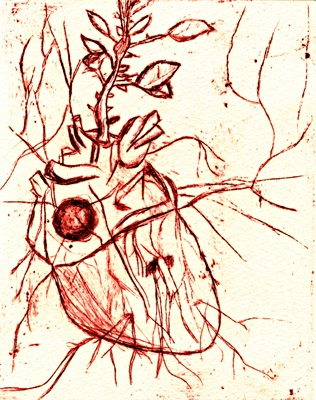All Nonfiction
- Bullying
- Books
- Academic
- Author Interviews
- Celebrity interviews
- College Articles
- College Essays
- Educator of the Year
- Heroes
- Interviews
- Memoir
- Personal Experience
- Sports
- Travel & Culture
All Opinions
- Bullying
- Current Events / Politics
- Discrimination
- Drugs / Alcohol / Smoking
- Entertainment / Celebrities
- Environment
- Love / Relationships
- Movies / Music / TV
- Pop Culture / Trends
- School / College
- Social Issues / Civics
- Spirituality / Religion
- Sports / Hobbies
All Hot Topics
- Bullying
- Community Service
- Environment
- Health
- Letters to the Editor
- Pride & Prejudice
- What Matters
- Back
Summer Guide
- Program Links
- Program Reviews
- Back
College Guide
- College Links
- College Reviews
- College Essays
- College Articles
- Back
Sleepy Hollow: Book vs. Movie
In the end, one of the only huge similarities between the short story The Legend of Sleepy Hollow by Washington Irving and Tim Burton’s film, Sleepy Hollow, is the setting, and even that is not too close. The two diverge almost completely in character, plot, and general style. Even though the story was meant as a ghost story, no reader familiar with modern day special effects would have found it that scary. Burton does a much better job with creepy and chilling than Irving did. However, he takes quite a bit of creative license and transforms the original story into something that only vaguely resembles the literary work it is based on.
The style of Washington Irving’s story varies from enchanted and mysterious, to downright jovial. His rich language describes Sleepy Hollow and Ichabod Crane’s time spent there with lavish detail of the scenery and even the food. Burton’s film on the other hand starts of creepy and progresses onward from there. Where Irving fills his tale with vibrant descriptions of color, Burton chose to make everyone and everything starkly pale, contrasting while on dark clothing and trees. Almost all of the color comes from flickering firelight or splattered blood.
One of the major differences between the story and the book is the characterization of the main character, Ichabod Crane. In the story, he is a haughty schoolteacher who thinks with his stomach. In addition, Irving describes, “His appetite for the marvellous, and his powers of digesting it, were equally extraordinary; and both had been increased by his residence in this spellbound region. No tale was too gross or monstrous for his capacious swallow.” This differs completely with Tim Burton’s Ichabod Crane, a cynical scientist who disregards all “spiritual” explanations in favor of provable ones. Ironically, the end and explanation of the Headless Horseman is different in the two sources. In the story, with Crane hungry for the supernatural, Irving implies with his ending that Brom Bones was the Horseman and that what happened could have a reality-based explanation. In the movie, where Johnny Depp’s Ichabod Crane adamantly rejects any supernatural ideas, Tim Burton creates an entire back-story of witchcraft to explain the Headless Hessian. In one similarity, both contrasted their main character’s belief with what “really happened.”
Tim Burton creates more than just a back-story for Sleepy Hollow. He creates an entire story, complete with an elaborate murder plot. He even kills off Brom Bones, who Irving ends up pairing with Katrina Von Tassel. Early in the story, he leaves the written story, with only a small “dream montage” of the iconic pumpkin smash. His interpretation of the story cannot be said to be accurate, but he does achieve one thing Irving was aiming for. The Legend of Sleepy Hollow could easily be read aloud on a dark, autumn night, such as Halloween, to leave the listeners spooked. In the same way, Sleepy Hollow is intended to be dark, though in typical Tim Burton fashion, it pushes spooky to a new level.

Similar Articles
JOIN THE DISCUSSION
This article has 0 comments.
